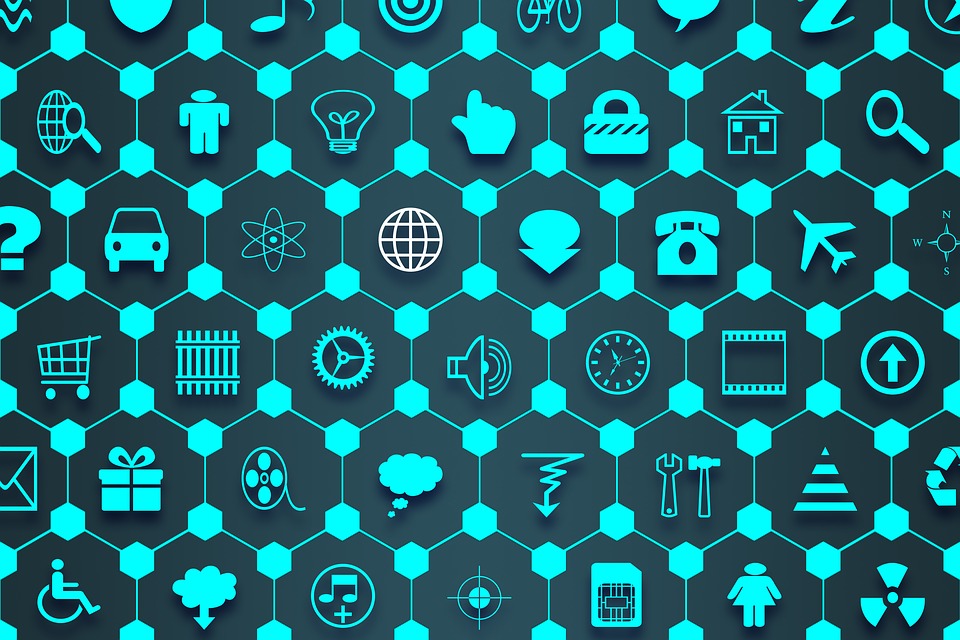Today the Internet of Things became a part and parcel of the modern world. Today it is possible to connect numerous devices to the net for getting and sharing data. Smart electronic appliances, HVAC systems, and even homes are our new-era reality. The IoT applications are used to connect smart objects to the Internet and collect or exchange information with each other. How does it work?

The users monitor this data and have an opportunity to manage their IoT devices remotely. That is why the quality of the IoT application interface is very important. If it is well-navigated and does not bring complications, and really eye-catching, most likely users will choose the app of their interest to interact with innovative technological units.
What Challenges Do Present-Day IoT App Designers Face?
First of all, it is worth noting that the most actual challenge designers face is the unbelievable competition in the IoT market. It means that each start-up risks staying unnoticed because such giants as eBay and Amazon go up against. Additionally, there are other challenges to take into consideration:
- Extremely fast progress – new IoT solutions, adjustments, and designs appear almost every day. It is necessary to be flexible and use innovations to make a dynamic interface. It goes without saying that the mobile IoT niche develops even faster because more and more target consumers use pocket screens to place orders, purchase, and sell goods.
- High consumers’ demands – present-day users pay attention to out-of-the-box IoT applications. So, modern designers should think of new functions, designing techniques, and other unique features to implement in the IoT app to catch the eye of the target audience.
- All-device UX – the application should be user-friendly and bring a perfect user experience. It goes without saying that a powerful IoT app cannot be poorly designed. UX and UI design are a must for user-centricity and faultless interaction via any device (gadgets, PC, etc.).
It is worth mentioning that a comprehensive approach is needed to create a really powerful IoT app design. This way users will be able to navigate through the application without any problems and will stay pleased with its visualization (including product design, descriptions, platform personalization).
Recommendations on IoT Designing to Take into Account
There are several tips for designers who aspire to create a really strong IoT app application design. As can be seen before, the main task of UI/UX design developers is to pay attention to updates on the IoT market. Each new option can bring more target users and turn out a prospective start-up into a successful software. Take a closer look at three helpful tips that will come in handy for sure.
#1 High-Level Personalization
Your app design should be unique and user-centric. This way it will become eye-catching and popular among Internet surfers. Remember that personalized content is a must as well. The aspect of personalization depends on the market niche your IoT platform is used for. UI and UX design are developed according to individual parameters of the project as well. For this purpose, it is important to explore and research:
- User behavior;
- Market trends;
- Product strong sides;
- Customer demands.
The IoT app designer should identify trend flaws and determine the most personalized and user-centric solutions especially for this application and IoT sector it manages.
#2 Notifications & Alerts
Remember that the IoT app design should include designing solutions for alerts and push-notifications. It is necessary to sort all the messages a target user might get into two groups – emergency (time-urgent) and low-priority ones. According to the latest research, users do not want to get useless push-notifications constantly. It is possible to inform second-rate updates and news when the app is active. The safety alerts and other notifications that require immediate reaction should be sent at the moment.
#3 Data Visualization
To simplify the way of interaction with IoT applications and give the opportunity of sufficient uptake of content, data visualization is used. IoT app UI/UX depends on the high-grade representation of information with the help of relevant infographics and imagery. Additionally, use appropriate filters to make navigation easier. This way a user will be able to search for necessary data in the application faster and will not rage at bulk information presented in the IoT app.
To complement the IoT app design with qualitative data visualization, it is important to pick sides with a proper and well-thought data representation model. It can be changed according to variables of the end-user behavior. Use only high-grade and unique visual elements that will benefit your brand awareness and user experience.
Remember that a well-designed interface always meets the target audience’s requirements and preferences. The IoT applications should attract users, solve their items, and bring necessary solutions. It is important to create a powerful and intuitive interface to simplify the interaction process.

